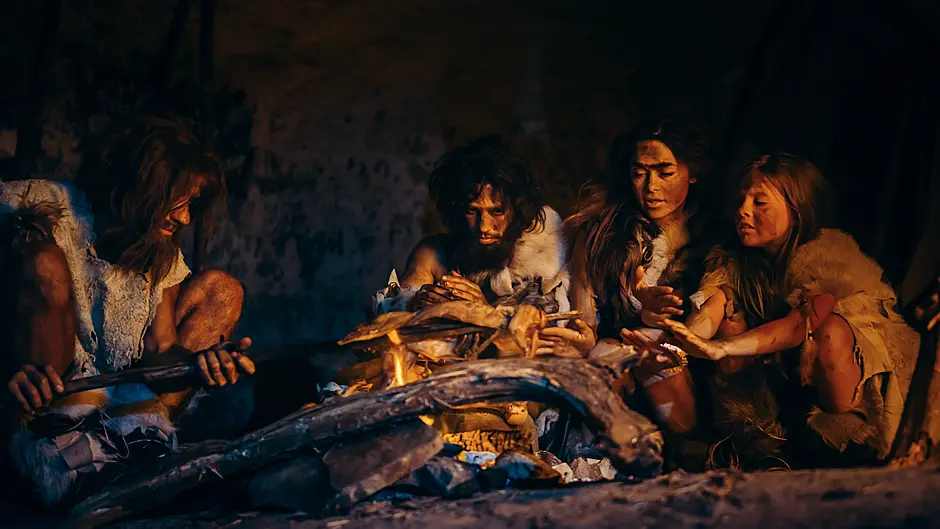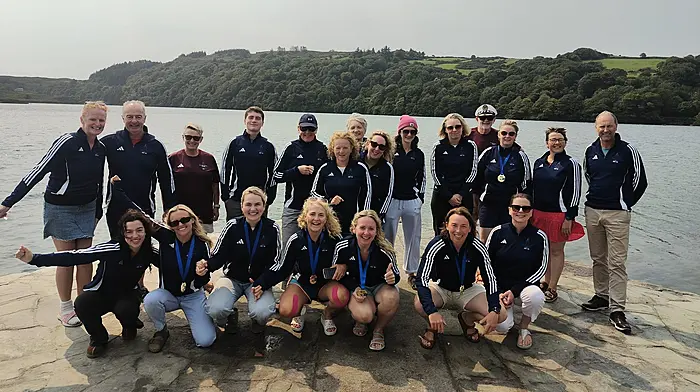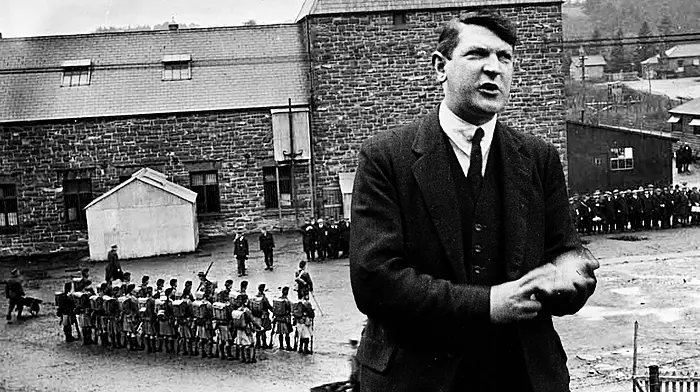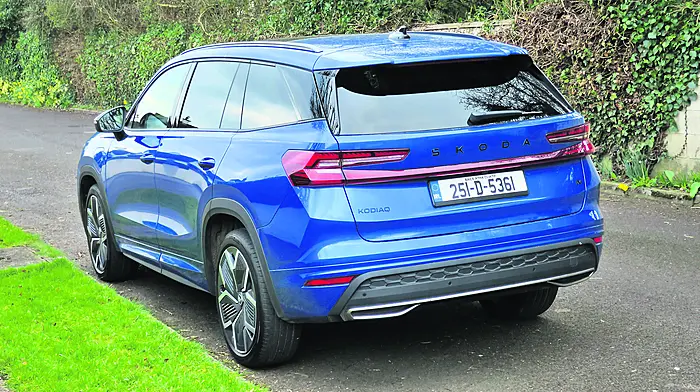Approximately 31,000 years ago, on the island of Borneo, a community gathered in grief.

With great care, they said their goodbyes and gently laid one of their own to rest in a deep grave within the Liang Tebo cave.
There, among their ancestors, the body remained undisturbed until its discovery by a team of researchers in 2022.
What they found was extraordinary.
The remains belonged to a young adult, estimated to be 19 or 20 years old at the time of death, who had undergone a surgical amputation of the lower left leg at around age 11, and survived. The level of care and precision involved revealed that this ancient community possessed remarkable medical knowledge. They knew how to perform complex surgery, how to prevent fatal infection, and how to nurse their patient back to health.
Surgery, my own area of practice, has been around for thousands of years. In contrast, genetics is a relatively new field. In 1953, the same year colour televisions were first becoming available, two scientists working in a Cambridge laboratory, James Watson and Francis Crick, identified the double helix structure of DNA. Their discovery changed medicine forever and ushered in the age of genetics.
DNA makes up our genes, which in turn make proteins, the body’s building blocks and messengers which perform most of the essential functions in our cells.
Like shoes, genes come in pairs: one copy from your mother and one from your father. Some medical conditions, like Huntington’s disease, require only one faulty gene to cause illness: this is known as dominant inheritance. Others, like cystic fibrosis, need two faulty copies, one from each parent, to cause disease. This is called recessive inheritance.
With recessive conditions, you can carry a faulty gene your entire life and never know, because the healthy gene does the job well enough. But if your partner also carries the same recessive gene, there’s a one-in-four chance that your child will inherit both and develop the condition.
In 2013, actress Angelina Jolie shared the newthat she carries an autosomal dominant mutation in a gene called BRCA1. People with this mutation have a significantly increased risk of cancer. Jolie’s decision to speak publicly about her diagnosis and her choice to undergo preventive surgery helped spark a global conversation about genetic risk, early detection, and taking proactive steps for one’s health.
The BRCA genes normally act like quality control officers. Their job is to repair damaged DNA, fixing errors in the body’s instruction manual before they lead to trouble. But when these genes themselves are faulty, the repair system breaks down, allowing mistakes to build up, and in some cases, cancer can form.
It’s important to understand that a gene mutation, like BRCA, means higher risk, not certainty. Sometimes, the healthy copy of the gene inherited from the other parent still works well enough but if that backup doesn’t hold, cancer may develop.
Here’s the key: while around 5 to 10 percent of cancers appear to run in families, less than 5 percent are due to known inherited gene mutations like BRCA1 or BRCA2. That means the vast majority, up to 90 percent of cancers, are not caused by the genes we inherit, but by the damage our genes accumulate over time due to factors like environment, lifestyle, aging, and chance. Family history matters, but it’s only one piece of the puzzle.
Think back to a previous article, where we compared the body to a factory. Imagine now that every time a cell divides, it’s like that factory producing a new product. There’s a quality control team in place to spot and fix errors, but what if the factory speeds up production? Or the team starts calling in sick? The chance of a mistake slipping through rises. That’s what happens when we smoke, get sunburnt, or are exposed to certain infections. The more demand we place on our cells, and the weaker the quality control, the higher the chance that something goes wrong.
Living in 2025 is exciting for many reasons, but from a medical perspective, we are entering a truly extraordinary era. The world our children will grow up in will be very different from ours, because today, we’re not just identifying faulty genes, we’re learning how to fix them. Scientists are developing tools to edit DNA, cutting out harmful instructions and replacing them with healthy ones. This is known as gene therapy, and it’s already saving lives. Children born with rare immune disorders are being cured, and certain blood cancers are being treated by reprogramming a person’s own immune cells to seek out and destroy the disease. It’s still early days, but the future is promising. The future of cancer treatment may not just be surgery, chemotherapy, or radiation. It might be rewriting the instruction manual entirely.
The person in the cave 31,000 years ago survived their illness because someone cared enough to act. That same instinct, to heal, to fix, to understand, drives the research being done today.
So yes, cancer can run in families. But most cancer doesn’t. And even if it does, we are no longer helpless. From amputating legs in prehistoric caves to rewriting DNA in modern labs, our understanding of cancer, and our ability to fight it, has come a long way.
Still, it’s worth remembering this: the genes we inherit may load the gun, but our environment and lifestyle often pull the trigger. That means we have more influence than we think. Every cigarette avoided, every walk taken, every bowl of fruit instead of a processed snack, these choices don’t just “feel healthy.” They reduce the chances of our cellular quality control breaking down.
If cancer prevention were a play, genetics would be a supporting actor, important, but not the star of the show. The leading roles are still diet, exercise, alcohol, tobacco, infections, sun exposure, and screening. These are the parts of the story we can write for ourselves.
We’re not powerless. We’re not at the mercy of our chromosomes. And it’s not preordained that we repeat our family’s medical history.







